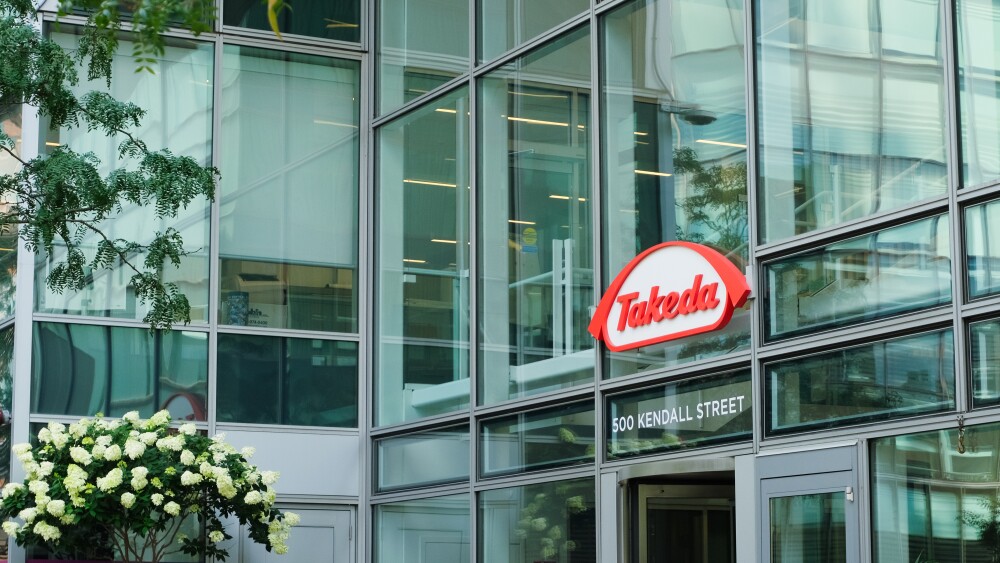BOSTON and EDISON, N.J., July 15 /PRNewswire/ -- A sub-analysis of a Phase IIb multinational study(1) with edoxaban(2) - an investigational oral Factor Xa inhibitor - provides insights into why patients with non-valvular atrial fibrillation (AF) receiving edoxaban once daily (QD) experienced fewer bleeding events than patients given edoxaban twice a day (BID). The analysis finds that bleeding associated with edoxaban is most closely correlated with minimum concentration levels of the drug in the blood, and that these trough levels may best predict bleeding events, rather than total exposure or maximum concentration levels.
This pharmacokinetic (PK) analysis of the Phase IIb study examined the relationship between bleeding events reported in patients taking 30 or 60 mg edoxaban given either QD or BID and the concentration of edoxaban in their blood. The analysis examined overall bleeding rates when drug concentration levels reached the highest points (known as Cmax), lowest points (known as Cmin) as well as overall edoxaban exposure (measured by area under the curve or AUC). Delivering a compound twice per day generally allows for more consistent concentration levels in the blood. With twice-daily dosing, the Cmin levels (troughs) do not dip as low, and the Cmax levels (peaks) do not reach as high as when the compound is delivered once per day.
"This Phase II study was a decisive study for Daiichi Sankyo in that it directed us to the optimal dosing regimen to study in our Phase III clinical trial ENGAGE AF-TIMI 48 - the more convenient 60 and 30 mg once-daily doses," said Francis Plat, M.D., vice president, clinical development at Daiichi Sankyo Pharma Development.
Bleeding events were evaluated using guidelines established by the International Society on Thrombosis and Haemostasis(3), the most sensitive scale of those currently used in clinical studies in cardiovascular disease. In the treatment groups receiving a once-daily dose of edoxaban, the lowest bleeding rates were observed in 17 patients (7.3 percent) in the 60 mg QD (N=234) and 13 patients (5.5 percent) in the 30 mg QD (N=235). In the treatment groups receiving a twice-daily dose of edoxaban, the highest bleeding rates were observed in 33 patients (18.3 percent) in the 60 mg BID (N=180) and 31 patients (12.7 percent) in the 30 mg BID (N=244). This sub-analysis examined only the population receiving edoxaban from the initial study. PK samples were taken before dosing and one to three hours post-dosing on day 28. The relationship between PK and all bleeding events was examined using logistical regression.
Daiichi Sankyo is actively enrolling 16,500 patients in its pivotal Phase III trial for edoxaban in patients with atrial fibrillation. The Phase III study, Effective Anticoagulation with Factor Xa Next Generation in Atrial Fibrillation (ENGAGE-AF), is comparing edoxaban with warfarin (INR2-3) for the prevention of stroke and systemic embolic events (SEE) in patients with atrial fibrillation. Edoxaban is also being studied for treatment of VTE, and for the prevention of DVT after major orthopaedic surgery.
Daiichi Sankyo, Inc., headquartered in Parsippany, New Jersey, is the U.S. subsidiary of Daiichi Sankyo Co., Ltd. For more information on Daiichi Sankyo, Inc., please visit www.dsi.com.
(1) "Randomized, Parallel Group, Multicenter, Multinational Study Evaluating Safety of DU-176b Compared with Warfarin in Subjects with Non-Valvular Atrial Fibrillation," presented at American Society of Hematology annual meeting in December 2008.
(3) Schulman S., et al. Definition of major bleeding in clinical investigations of antihemostatic medicinal products in non-surgical patients. Journal of Thrombosis and Haemostasis 2005;3: 692-694.
SOURCE Daiichi Sankyo, Inc.
CONTACT: Toshiaki Sai of Daiichi Sankyo Co., Ltd (Tokyo), +81-3-6225-1126;
or Kimberly Wix of Daiichi Sankyo, Inc. (US), +1-973-944-2338, Mobile,
+1-908-656-5447; or Dr. Michaela Paudler-Debus of Daiichi Sankyo Europe, +
49-(0)89-7808-685, Mobile, + 49-(0)172-845-8974
Web site: http://www.daiichisankyo.com/




